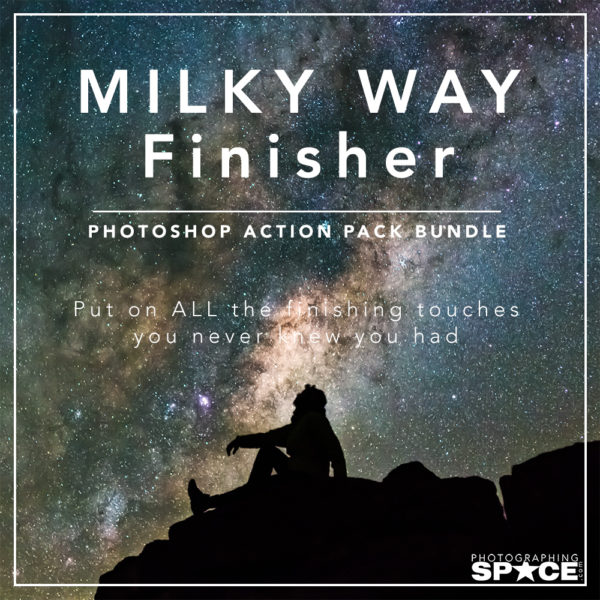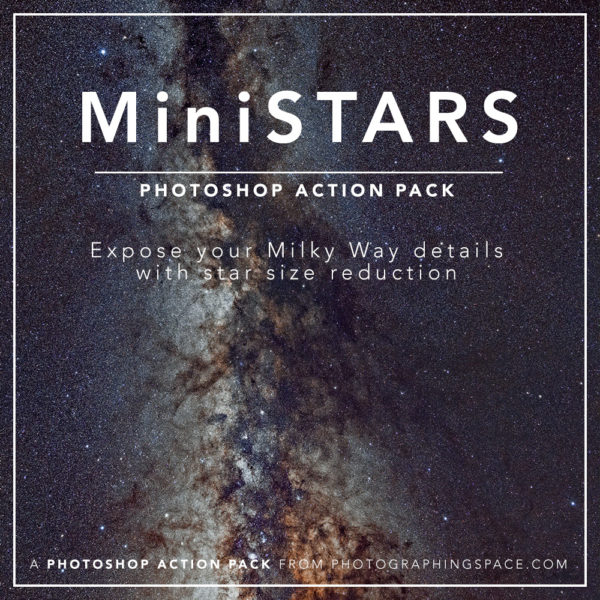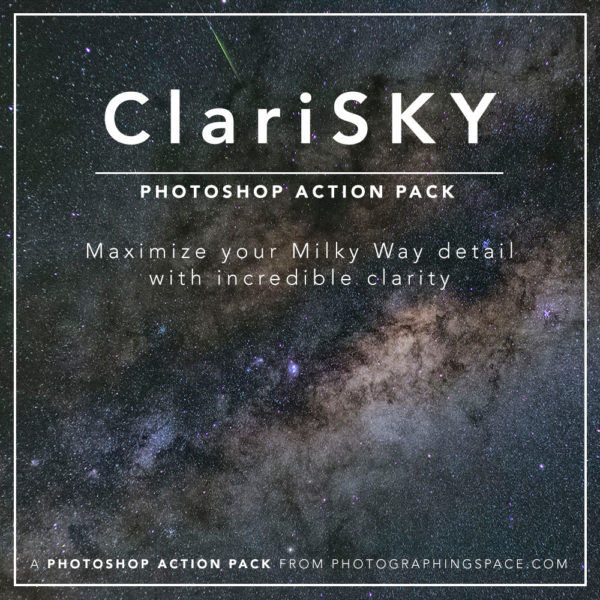Is a 100-megapixel camera necessary for astrophotography? Nope. But it’s fun.
Let’s first state the above again: you do NOT need a 100-megapixel medium-format camera for astrophotography. Actually, I would not even recommend it.
But, if you have a good friend like I do that is a professional photographer and owns one (like a FujiFilm GFX100) and has connections to borrow a common EF-mount lens adapter for the telescope connection, it can be a fun thing to borrow. (Thanks Des Ellis for the camera loan, check out his work.)

Some details about this image
Why
Because I wanted to. There was a partial lunar eclipse event happening and I wanted to try something different.
When/Where/What
In July of 2019, there was a partial lunar eclipse event visible from my backyard in Johannesburg, South Africa, so, naturally, I decided to photograph it.
The imaging telescope (lens) used was a 12″ f/8 Ritchey–Chrétien (RC) telescope. The imaging camera was a FujiFilm GFX 100 medium-format mirrorless camera with 102 megapixels of resolution and 16-bit raw image output. OMG Mahoosive.
No filters were used and the camera was connected without a Barlow (tele-extender) at prime focus, so the effective focal length was ~2304mm.
More important to note (this will be more impressive to those who shoot moon images…): this is a single photo, no stacking, no mosaic.
Etc. and stuff…
If you look closely in the lower left of the lunar disc, you can see a slight darkening due to the lunar eclipse just beginning to start its initial phase. I think that’s pretty cool.
A 100-megapixel HDR partial eclipse photo
Later in the evening, the moon looked like this (below), when it was full-on in the partial-eclipse mode. The below image is a two-photo composited HDR blend using one image where darkest part of the shadow was un-exposable, and then a bit of the moon’s shadow detail was added back in using an image from before the eclipse started.

I love the way the extra color depth of the camera was able to pick up the subtle variations of the shadow colors as the shadow of the Earth slowly moved across the moon’s visible disc.
Does a medium-format camera work on a telescope?
Yes, and no. The sensor is MASSIVE. A full-frame camera sensor is often too big for use on most telescopes. Anything bigger (like a camera with a medium-format sensor) is just damned ridiculous. The vignetting is horrendous and makes the corners and outside left/right edges of the sensor pretty much unusable.
But of course I did it anyway, for giggles. For use on the moon, or for a solar image, it would be (and is) pretty amazing, because those targets only use the center portion of the sensor. Also, you need a massive focal length at prime focus, or a 2-inch Barlow / Powermate to make it work at all.
Some quick tips for shooting the moon with a telescope and a DSLR/mirrorless camera
- Focus, focus, FOCUS! It’s key. And it can be hard. Zoom in all the way with your tethered computer view (recommended) or camera LCD screen. A motorized focuser like this one can help a TON.
Adjust focus – wait a few seconds – adjust – wait – adjust – wait – repeat. - Often, the best and sharpest view will be when the moon is at zenith (straight up) or close to it. Blame your local atmospheric conditions.
- Shoot at the lowest ISO you can with the fastest exposure to properly expose your photo. Try and shoot at no slower than 1/160s or so. Faster is better.
- SHOOT A MILLION IMAGES. You can pick the best later. Every single one will be slightly different, some better, some worse. Again, blame the atmosphere.
- I recommend that you slightly underexpose your photographs. You can bring up the exposure in post, but you can’t recover blown-out highlights.
- Read here for a quick tutorial on an easy way to bring out the color (other than just boosting saturation…)
Happy mooning!







Add Comment